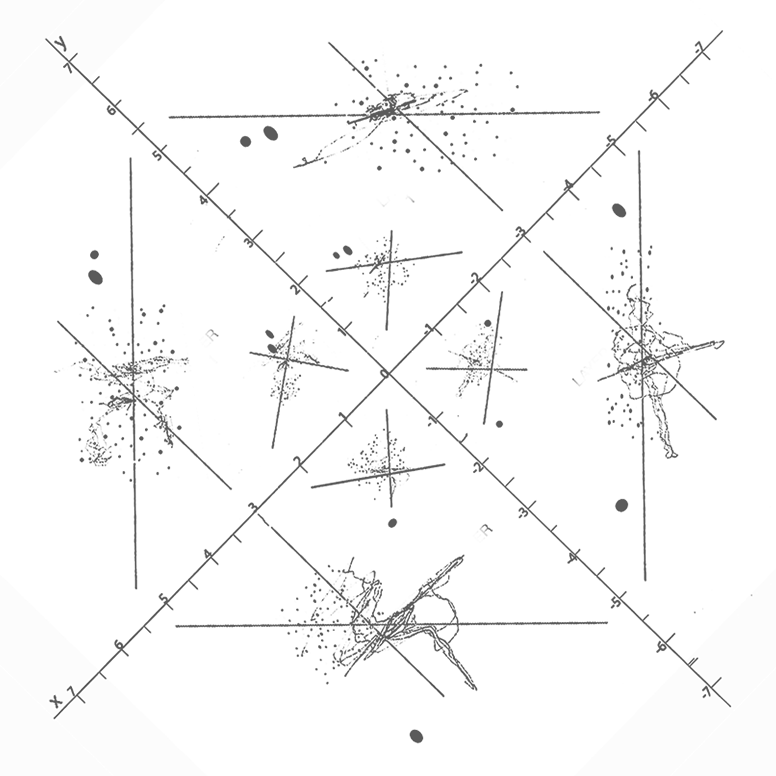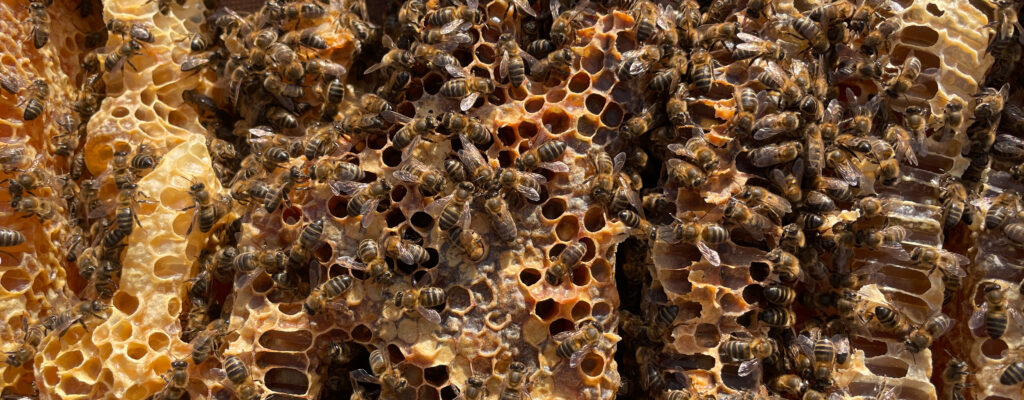First edition of the artistic residency program ‘LANAR_Open Laboratory of Rural Narratives ‘ at La Surera. This program aims to activate, from a reflective and sociological perspective, memory and artistic expression as tools for dialogue with the community of Almedíjar, fostering the collective construction of new narratives about the rural world and its transformative capacity to move towards a sustainable society. The project has been a beneficiary of grants aimed at expanding and diversifying cultural offerings in non-urban areas from the Generalitat Valenciana and funded through the Next Generation funds from the European Union.
The area is affected by rural exodus, depopulation, and aging, leading to the loss of the memory of communities. In the process of losing and dissolving traditions, beliefs, cultural values, and imaginaries, new tools are proposed to chronicle the cultural memory of the town of Almedíjar over time.
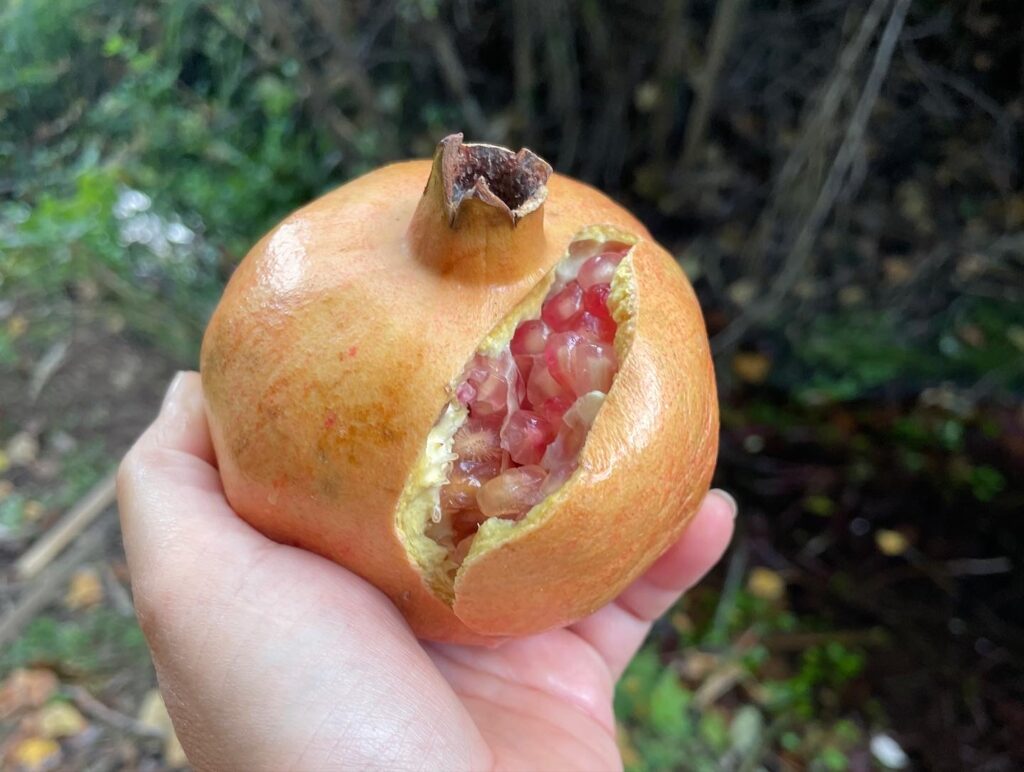
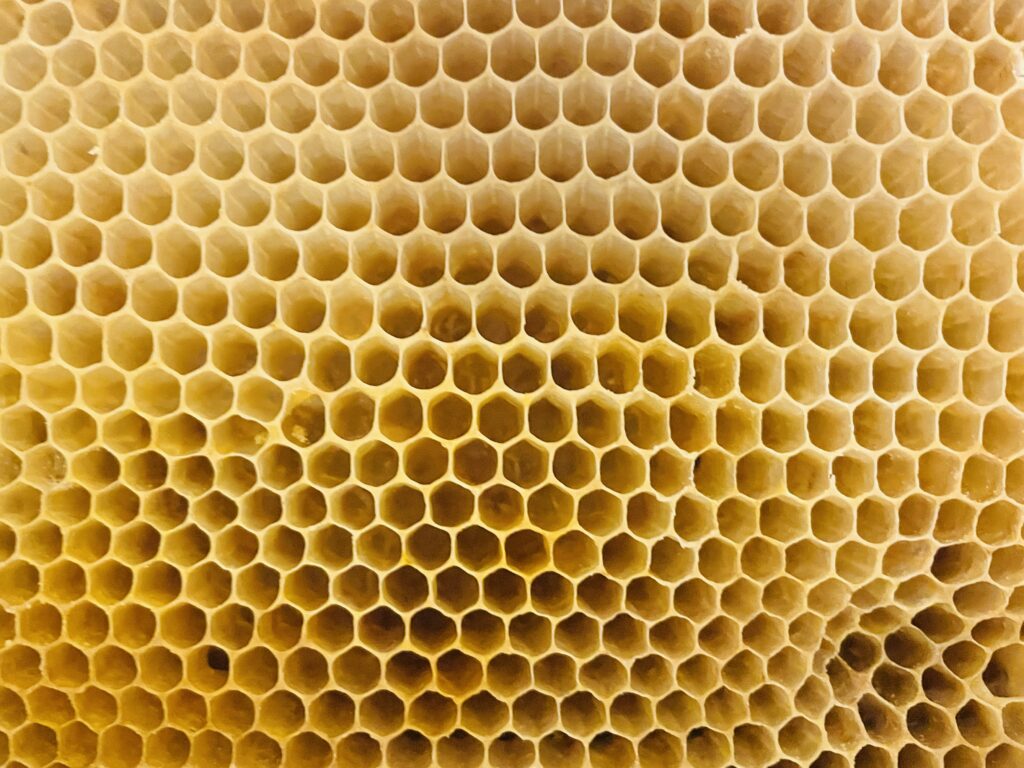
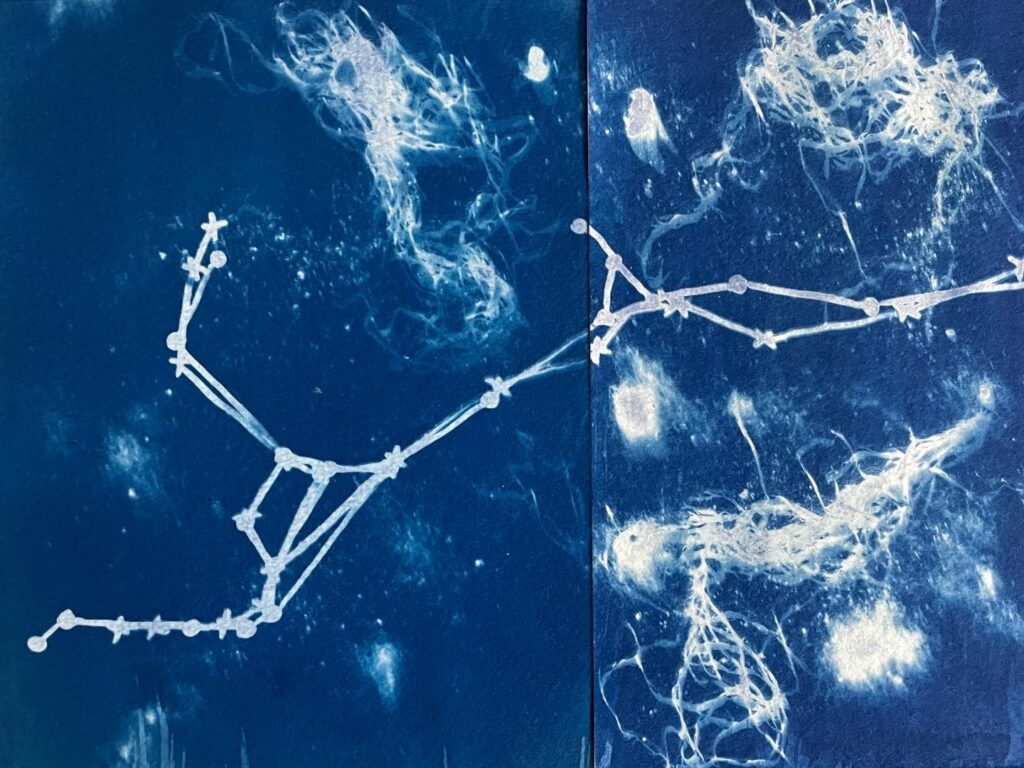
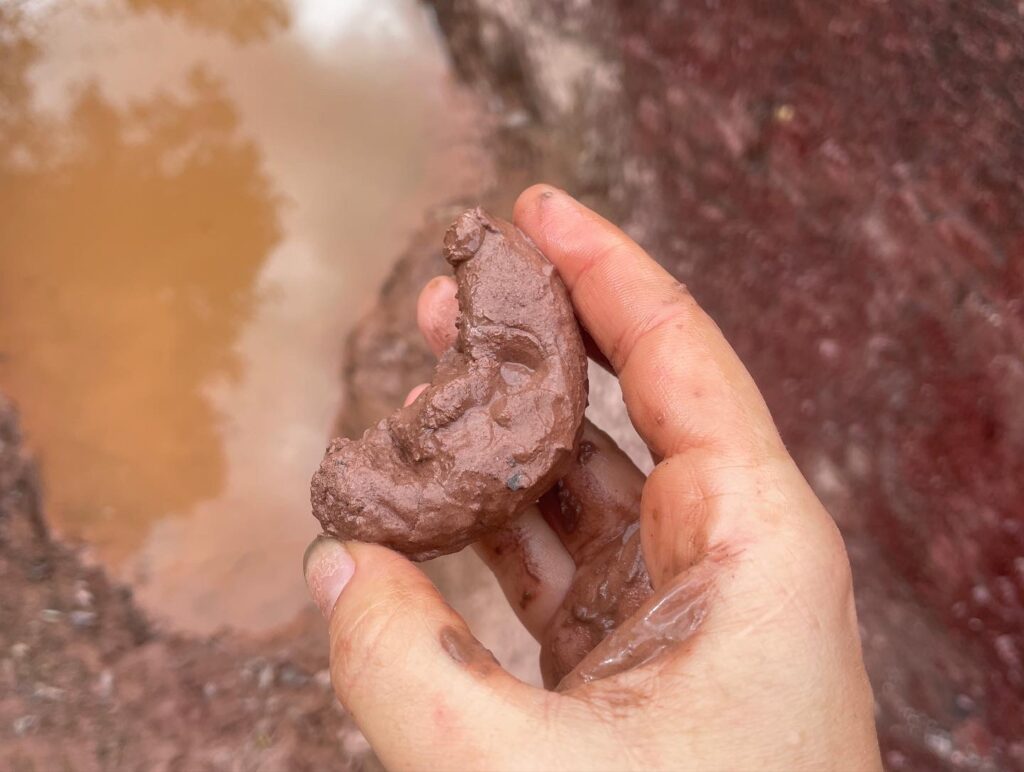
My Research for LANAR focuses on water as a liquid intelligence, exploring its diversity of sources and how they intertwine with the pollen path. The “arkhe” in the context of Almedíjar awakens a connection with water, the ecosystem, memory, and its profound ontological significance.
On the paths of water, Islamic heritage, such as channels, reservoirs, and aqueducts, is identified a vital ecosystem for cell organisms, bees and other pollinators. The project seeks to question, recognize and highlight these water bodies through performative, participatory, and interventions, creating a living pharmacopoeia. These natural sanctuaries become points where water, plants, water organisms, bees, and other pollinators intertwine with human activity, forming a vital and fertile fabric of life, a pollen path.
A significant aspect of the project’s development has emerged from discussions with limnologist Jara Garcia Chicote, leading to the exploration of new avenues for potential interdisciplinary collaborations. Specifically, the focus lies on examining the ecological impacts of waterways within the rural areas of the Espadan Mountains. Approaching bodies of water as a single living organism in a meta-community.
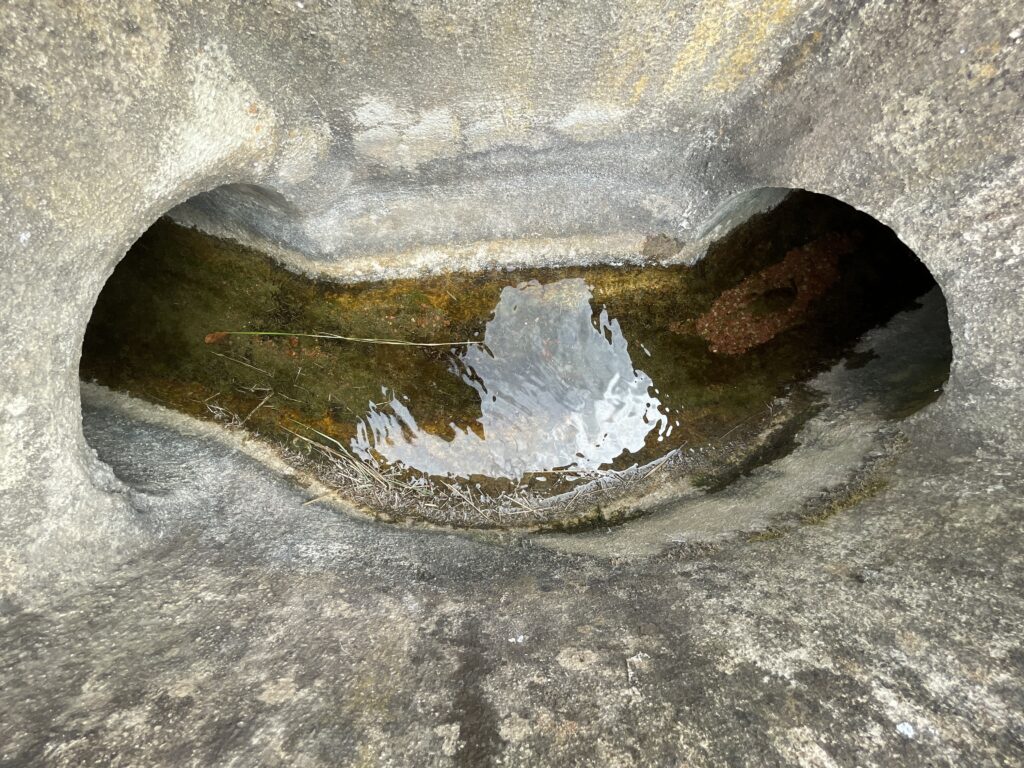
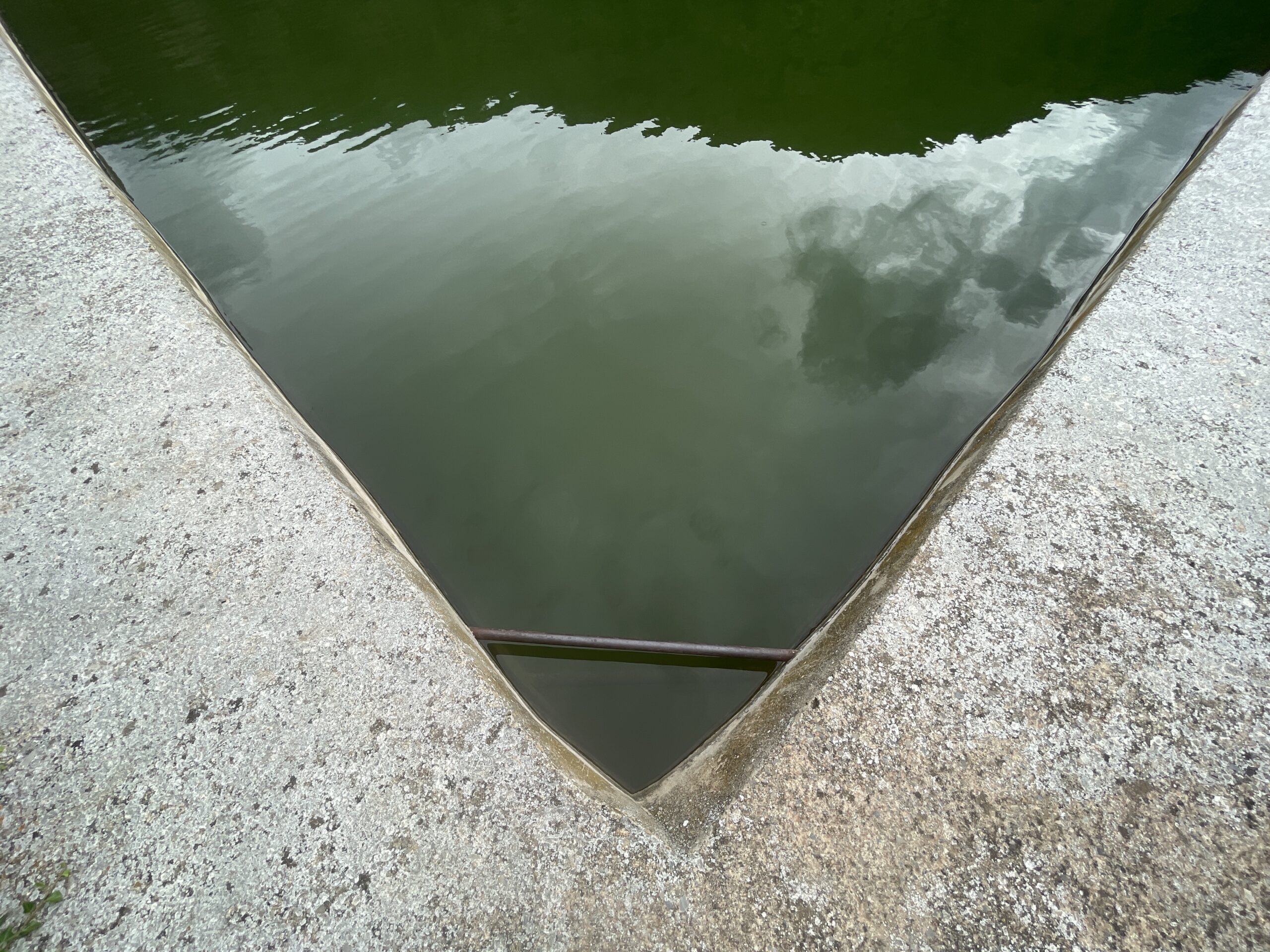
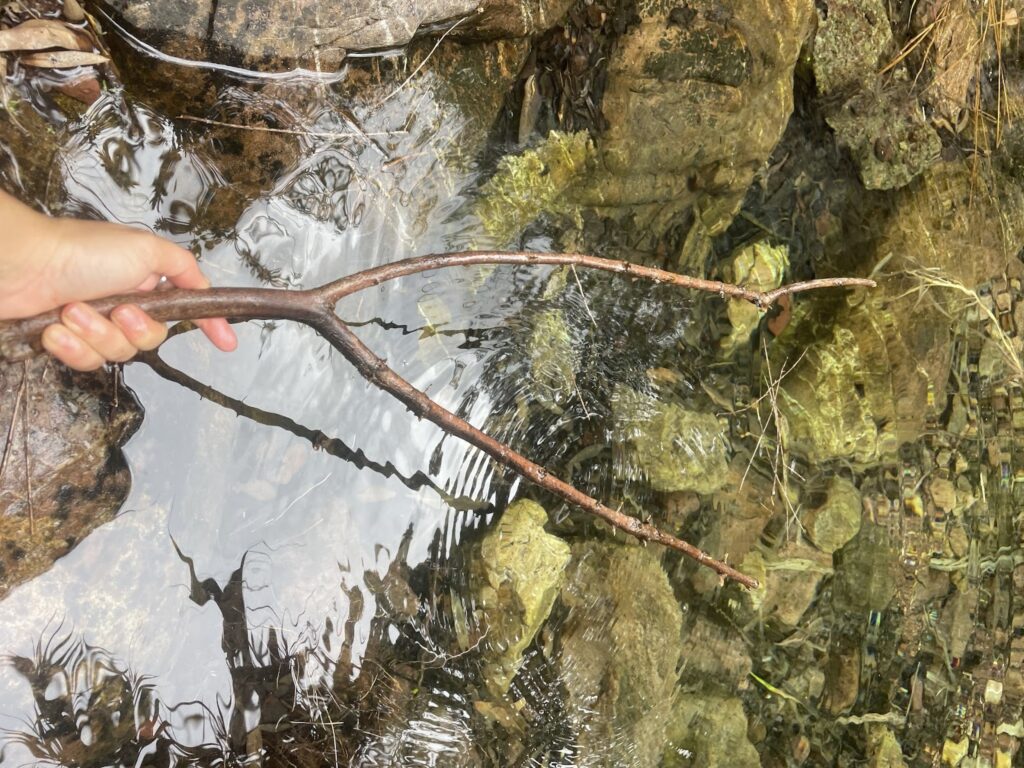
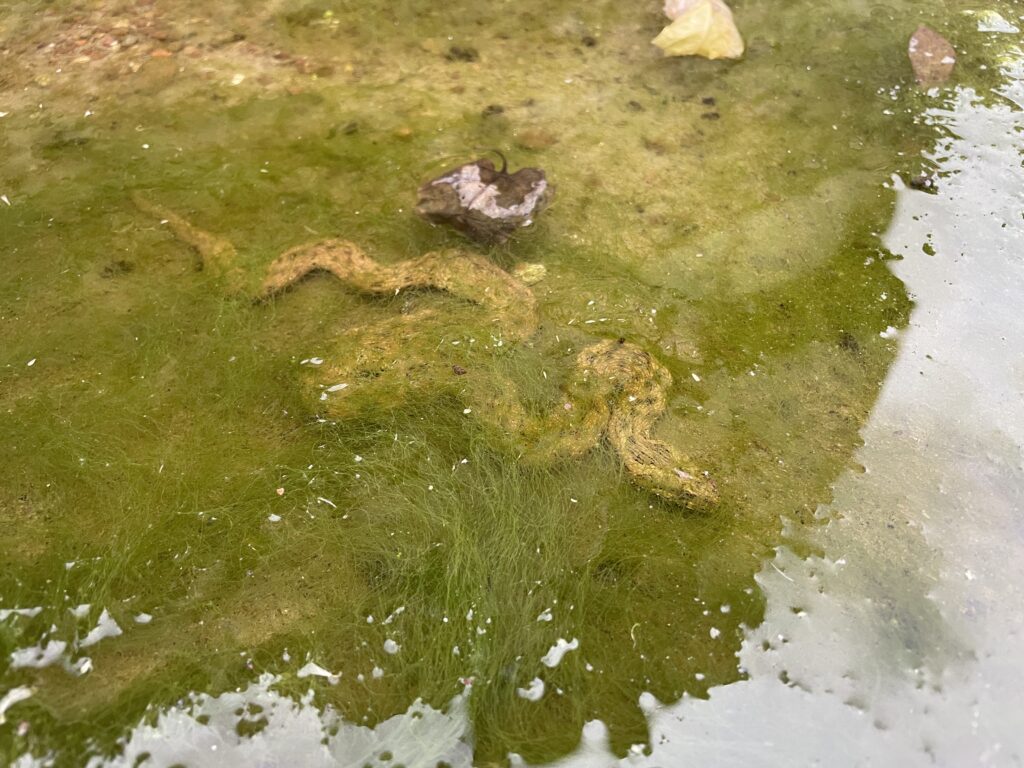
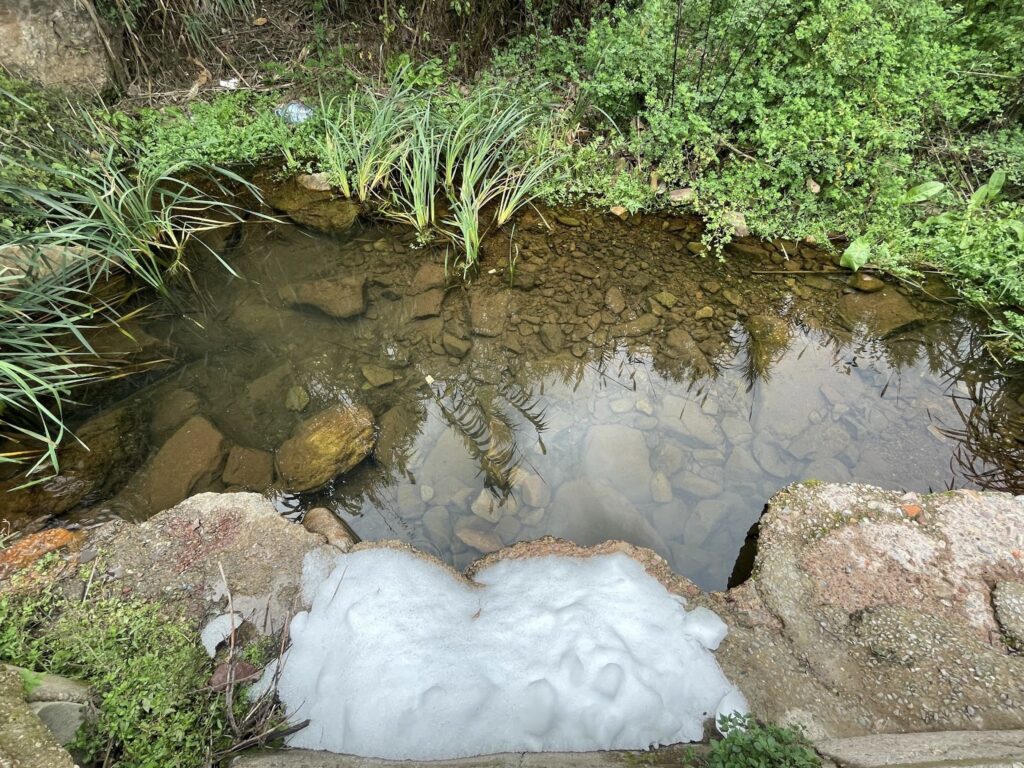
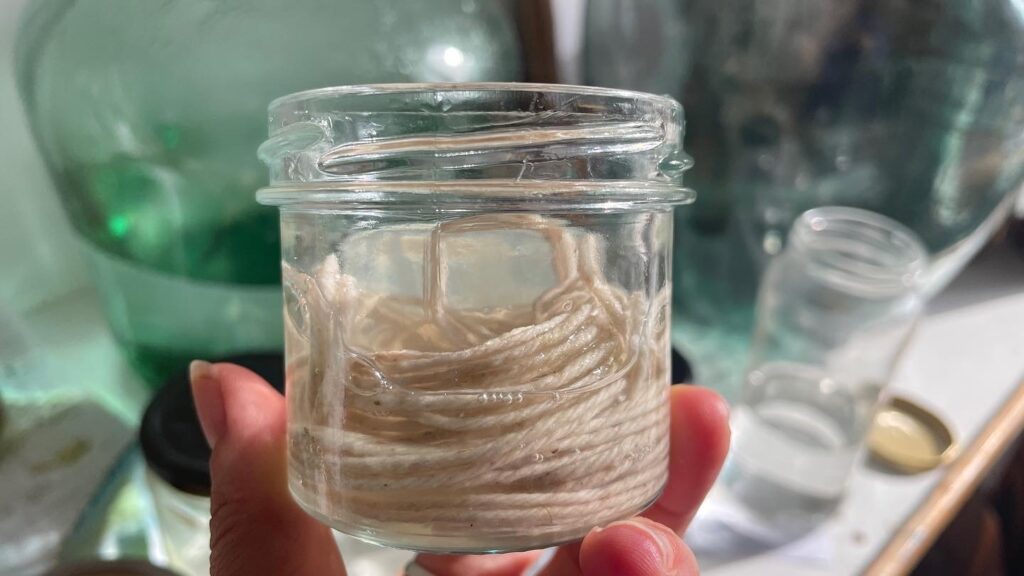
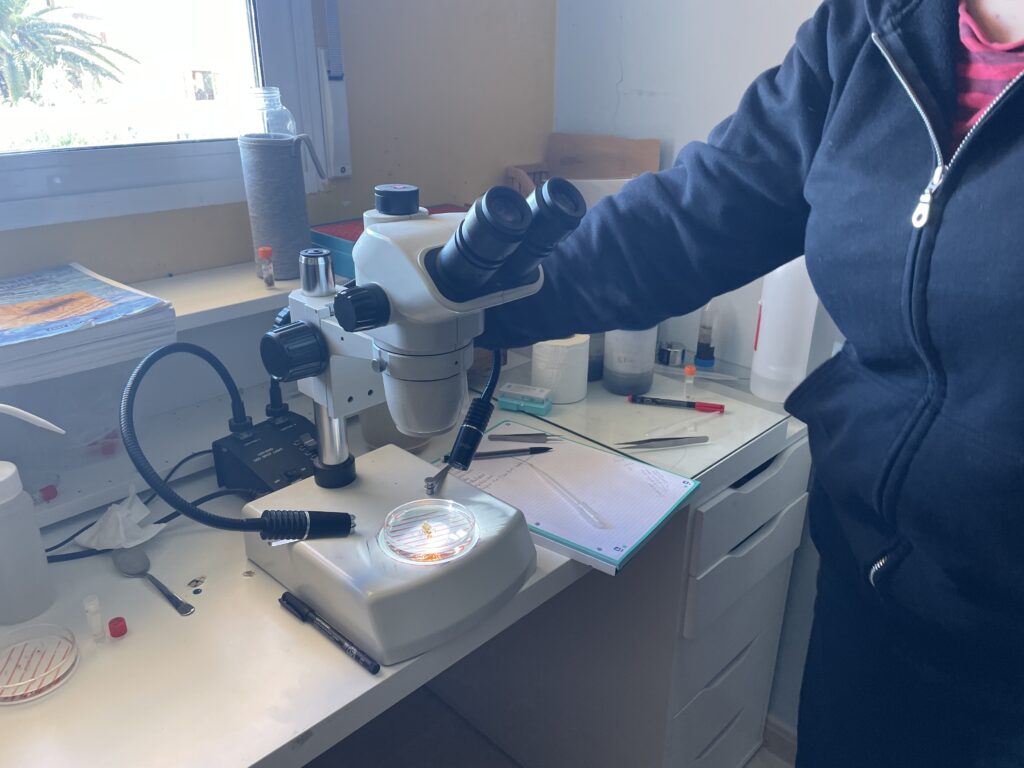
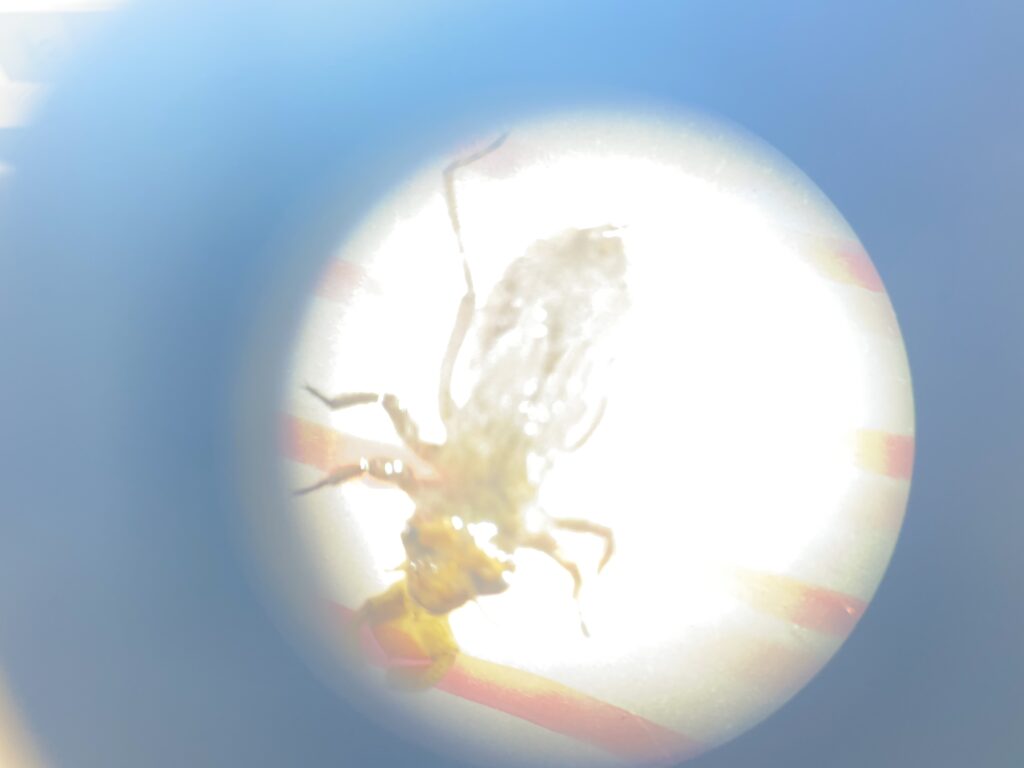
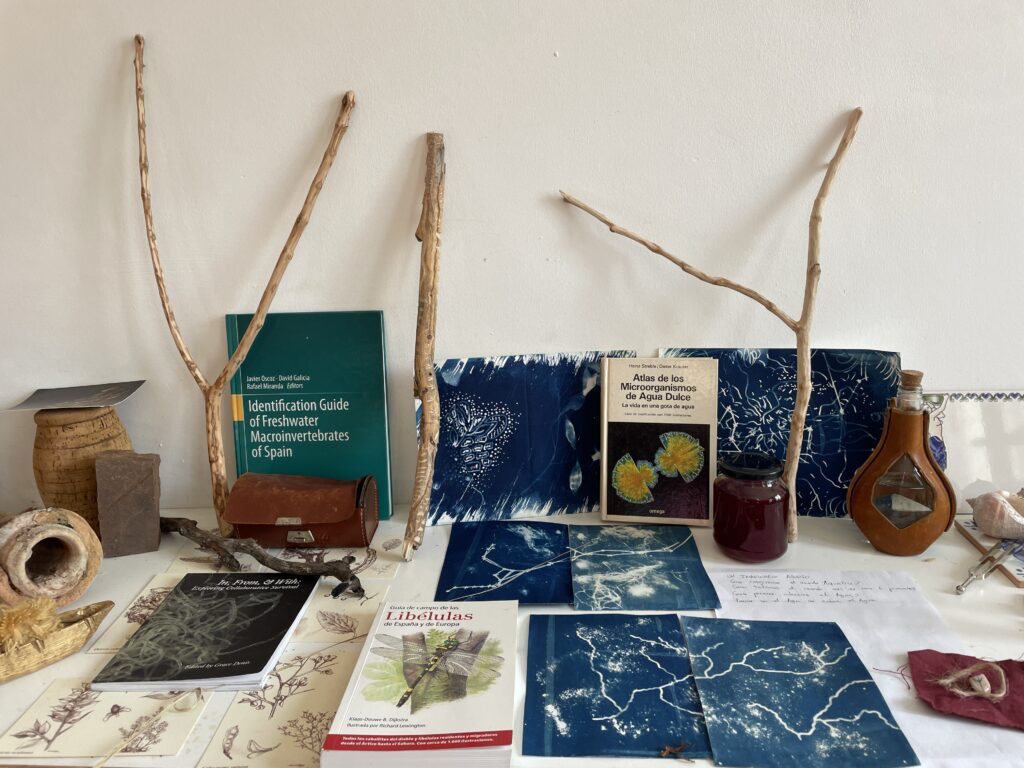
The Pollen Path project seeks to recognize and highlight the value of water through performative and participatory interventions, creating a living pharmacopoeia. The body becomes a powerful cartographic tool for repair, unveiling the secrets of cellular memory. Proposed sound maps and sensory charts activate acupuncture points where water, plants, animals, and human activity intertwine, fostering a vital and fertile fabric of life.
The research unveils a connection between pollen and water, drawing inspiration from recent studies that utilize data extracted from pollen grains to infer past river levels and ancient watercourses in the Egyptian desert. This thread has prompted our project to address the pressing issue of water scarcity in these rural regions. By tracing waterways that may cease to exist due to the environmental processes of desertification, we aim to contribute to a deeper understanding of the dynamics shaping these landscapes and, ultimately, to inform strategies for sustainable water management in vulnerable environments.
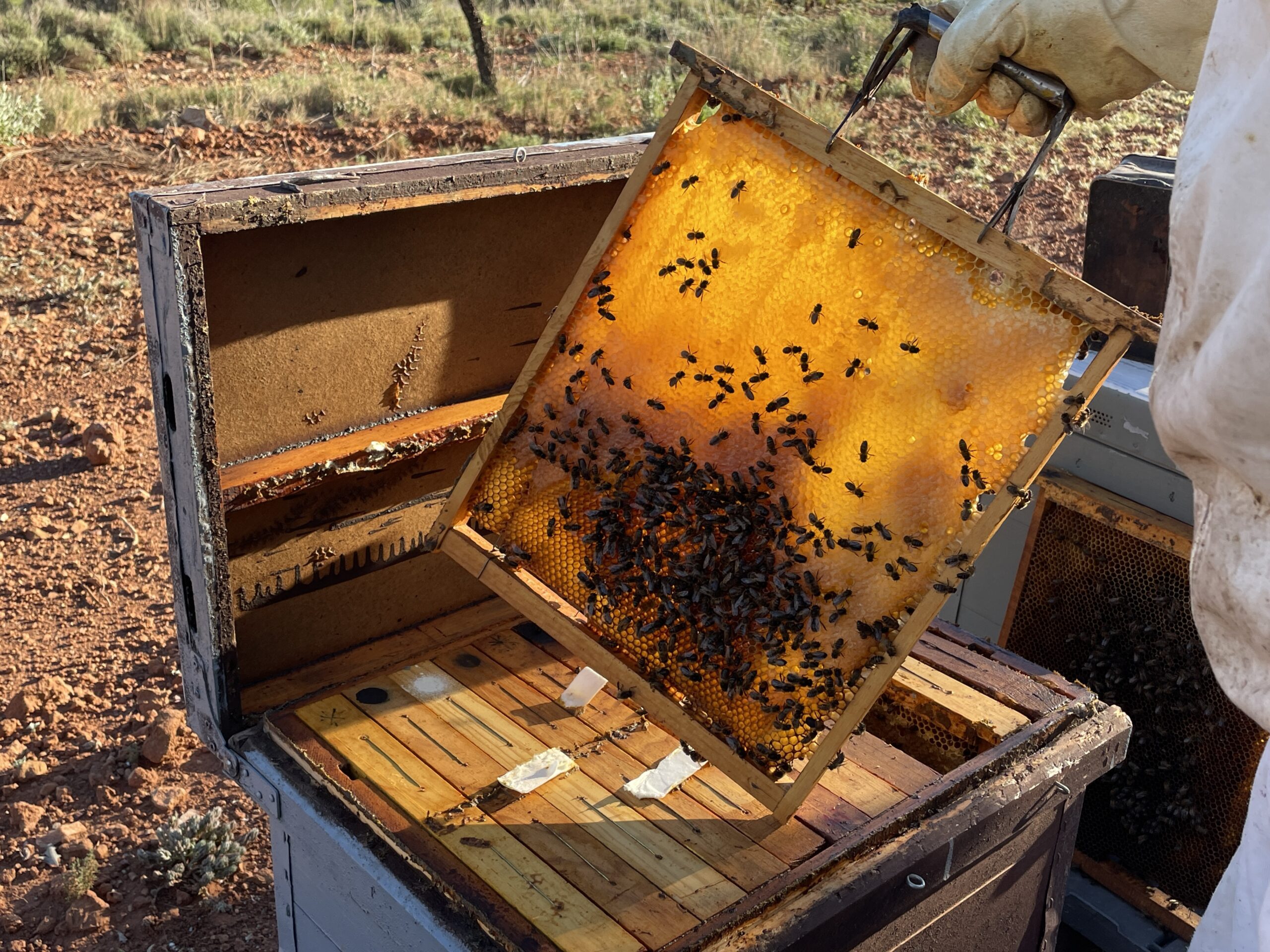
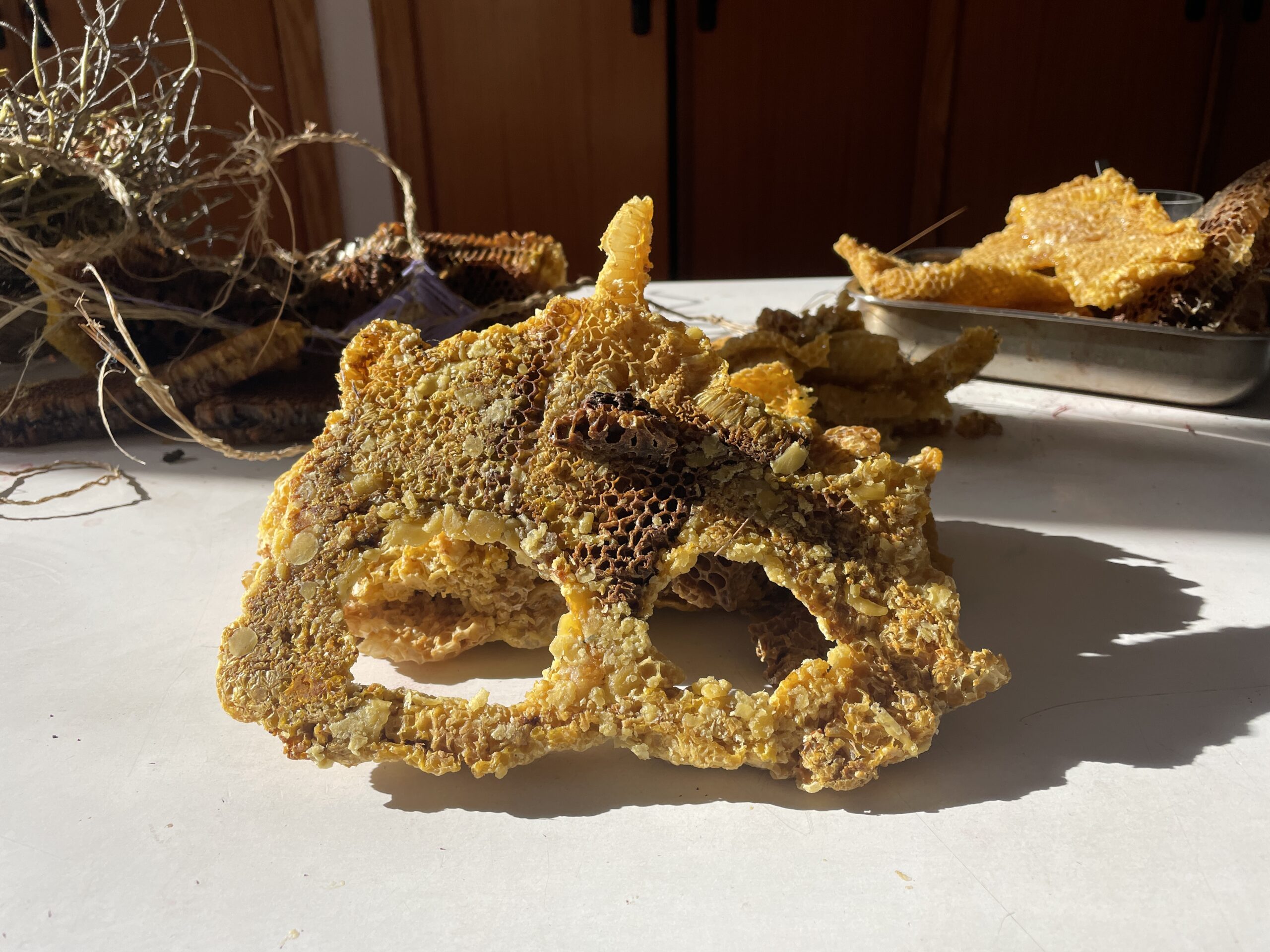
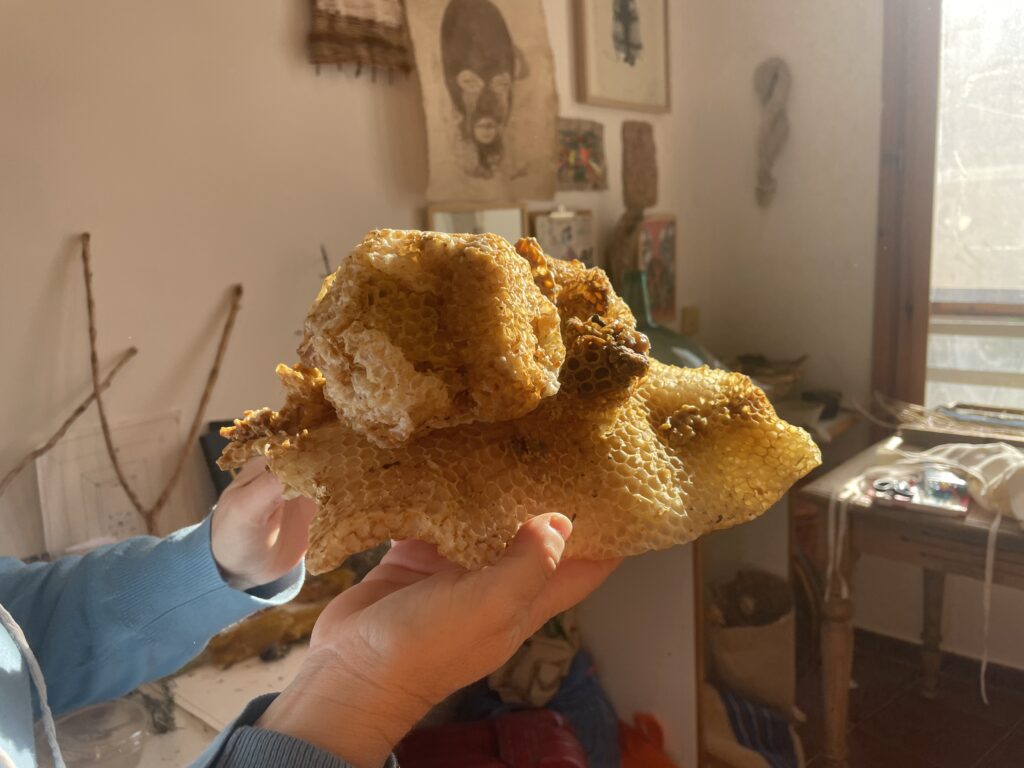
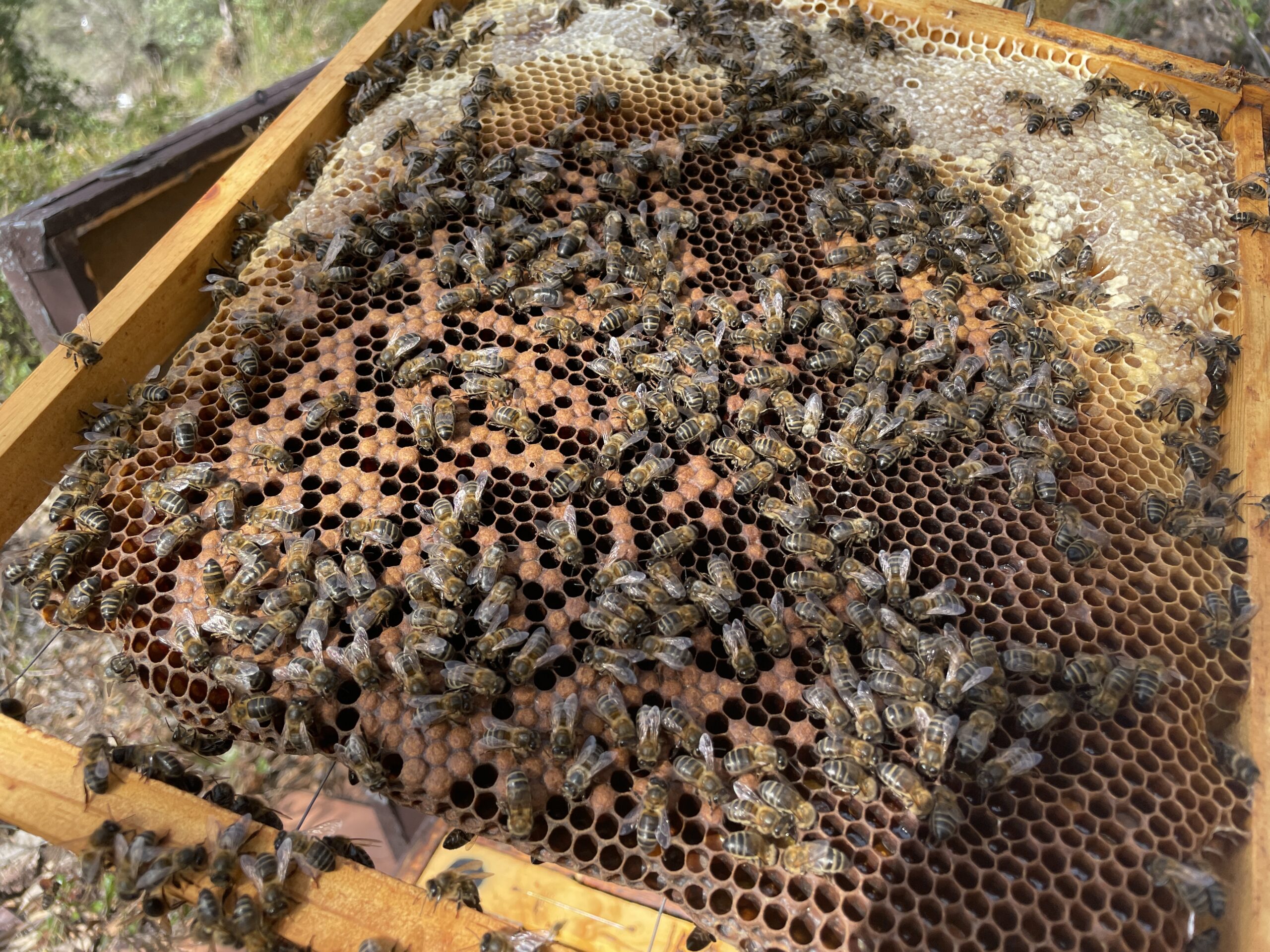
The research initiates the beekeeping project in La Surera, not only promoting the craft but also educating about the importance of bees, other pollinators and water living organisms. The restoration of the old washroom becomes an act of love for water, memory, the land, and all creatures that belong an make possible the ecosystem, guiding towards a harmonious future where water, pollinators, plants, and the human heartbeat intertwine within new rural hydrocommons.
The ice factory in the heart of Almedíjar, discarding liters of water daily, stands next to the only remaining old laundry, albeit abandoned. The study integrates the laundry into the restoration process, reclaiming it as a space for gathering and memory, as well as a possible watering hole for pollinators, facilitating the reuse of ice waste for the benefit of the community and local biodiversity. In this restoration process, the laundry becomes a ‘hydrocommon’ of inclusion and awareness, activating its reuse as an aquatic sanctuary, nurturing and creative space.
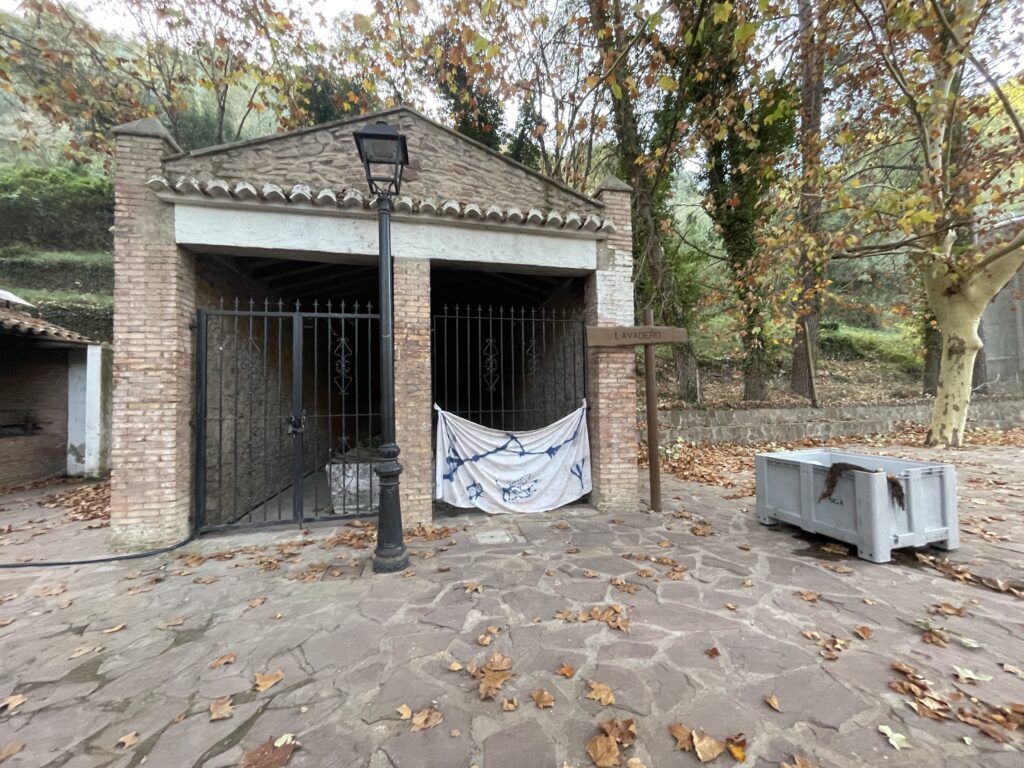
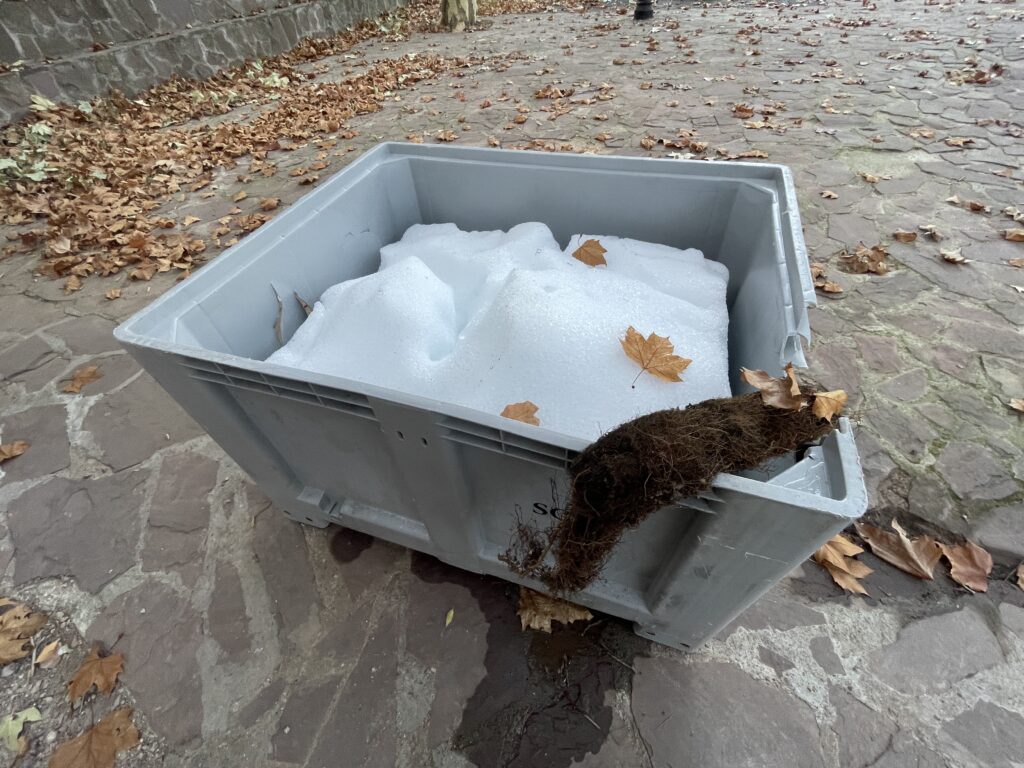
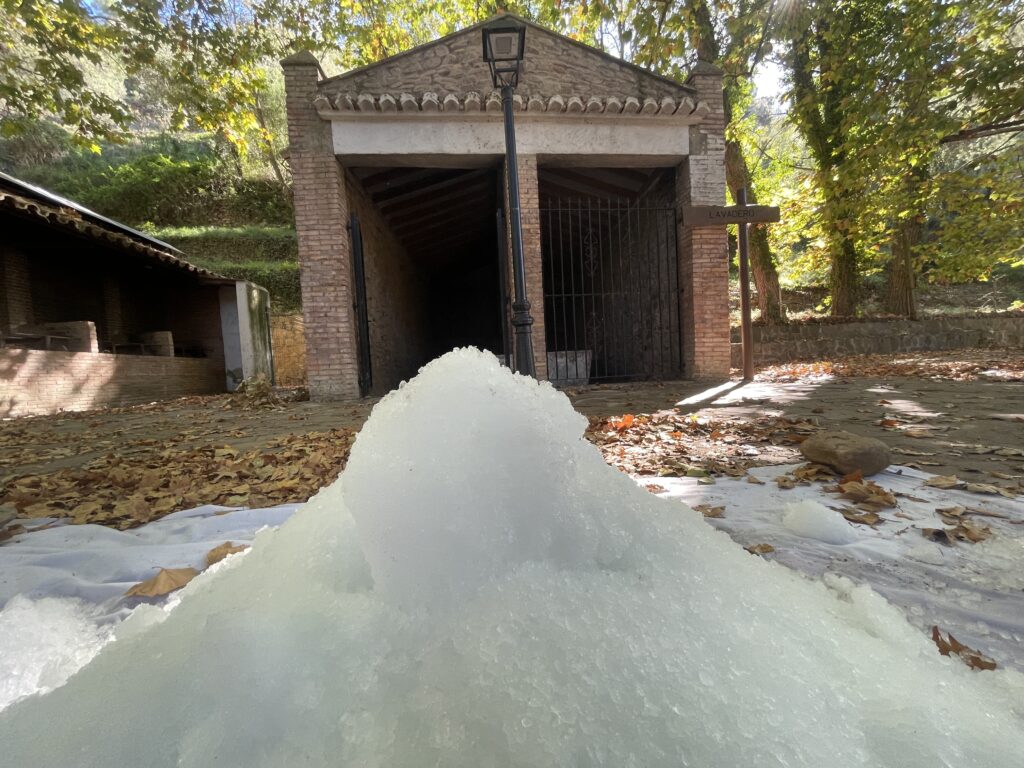
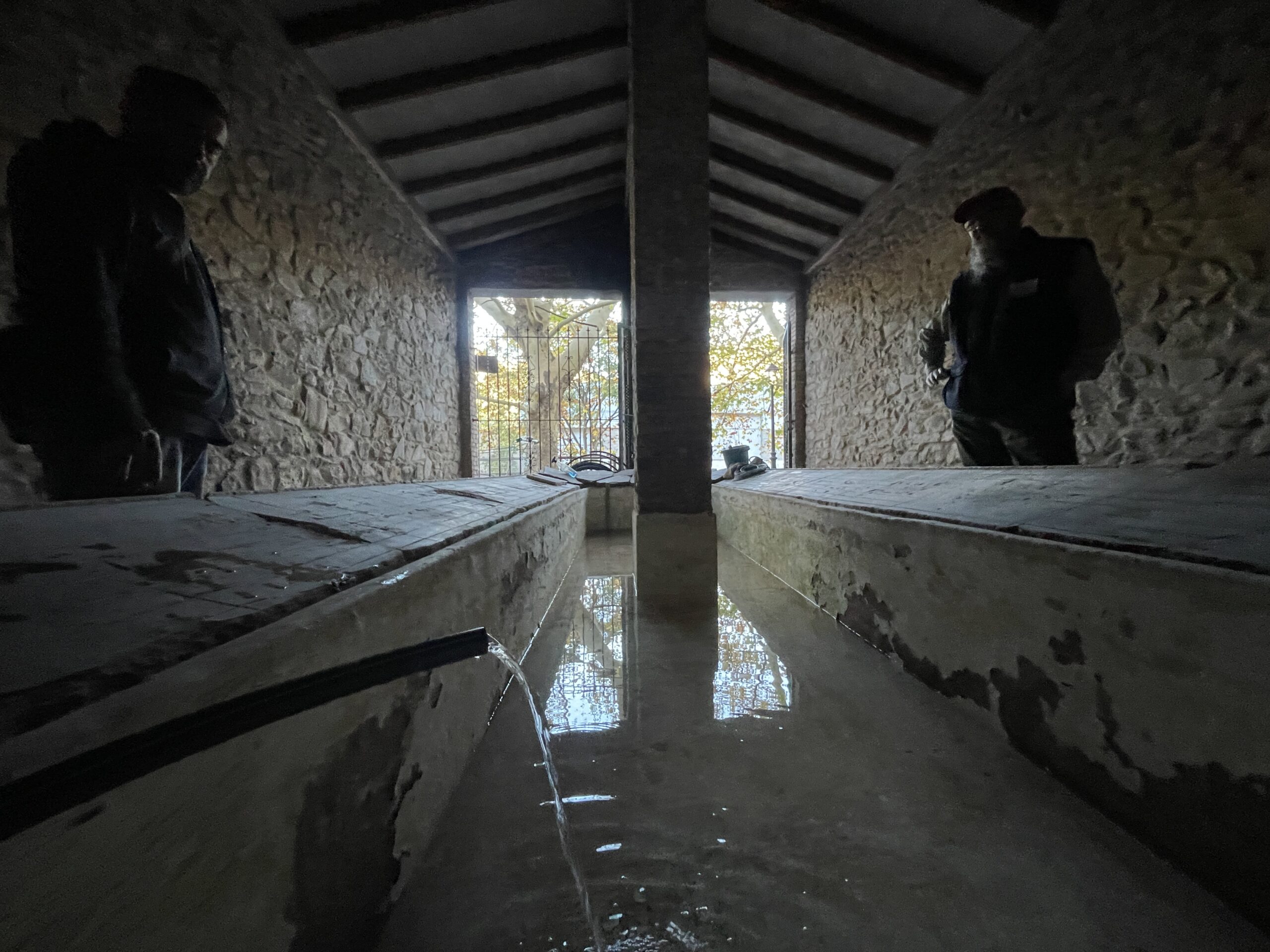
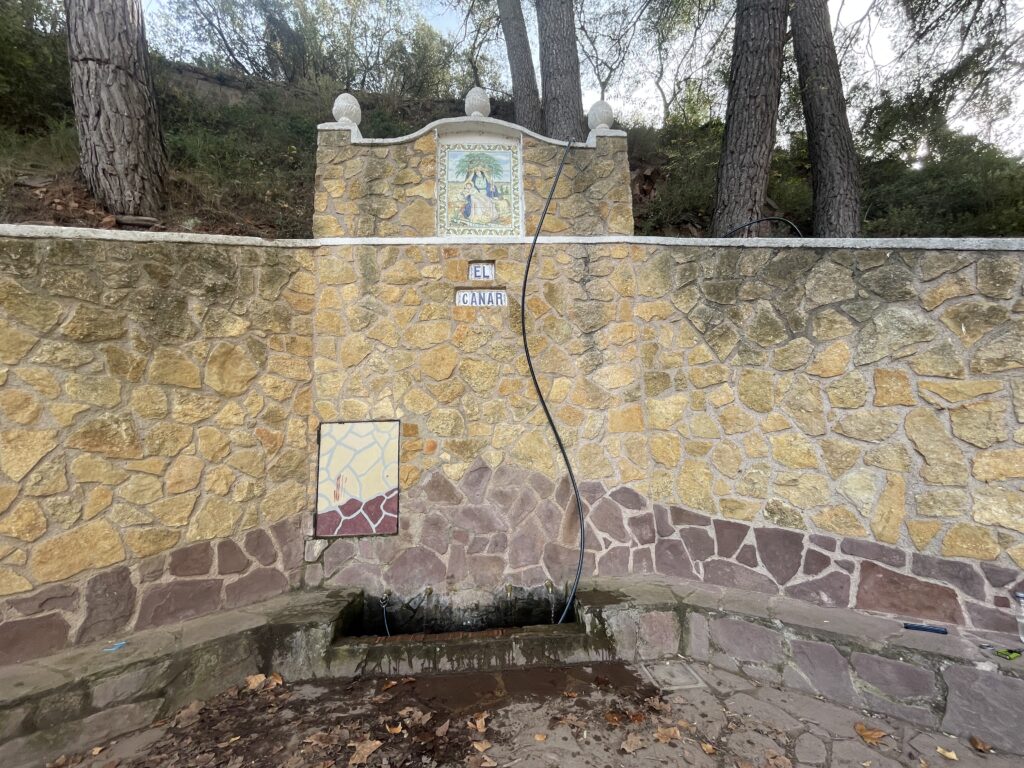
By reusing the discarded ice dust from the factory, tribute is paid to water, activating reconciliation for its industrial extraction. Beyond the mere restoration of a forgotten space, this activation is a gesture of care and gratitude towards the medicinal waters of Almedíjar. The ice factory is a tangible reminder of industrial extraction of a common resource; integrating the leftover ice into the laundry is an act of repair and consciousness, weaving a liquid network of connection in the community.
The waters of the fountains and springs, commonly linked to the Virgins, reflect their ancestral connection to the primordial, the earth, plants, and the cosmos. Beyond the mere restoration of a forgotten space, this activation is a gesture of care, acknowledgment, and gratitude towards the medicinal waters of Almedíjar. Each intervention is a step towards recognizing bodies of water as sentient and inclusive beings.
Intervention, Ancient Laundry, Participatory Performance in collaboration with the Lavanderas de Almedijar, Spain. November 2023. Photos by Esteban Rivera.
Divine Shepherd, primordial wisdom,
Nath, the tip of the horn, power over the waters
Pleiades, guide of the Hyades, rain and storm
Scorpio, portal of darkness, flows underneath
N. Soares
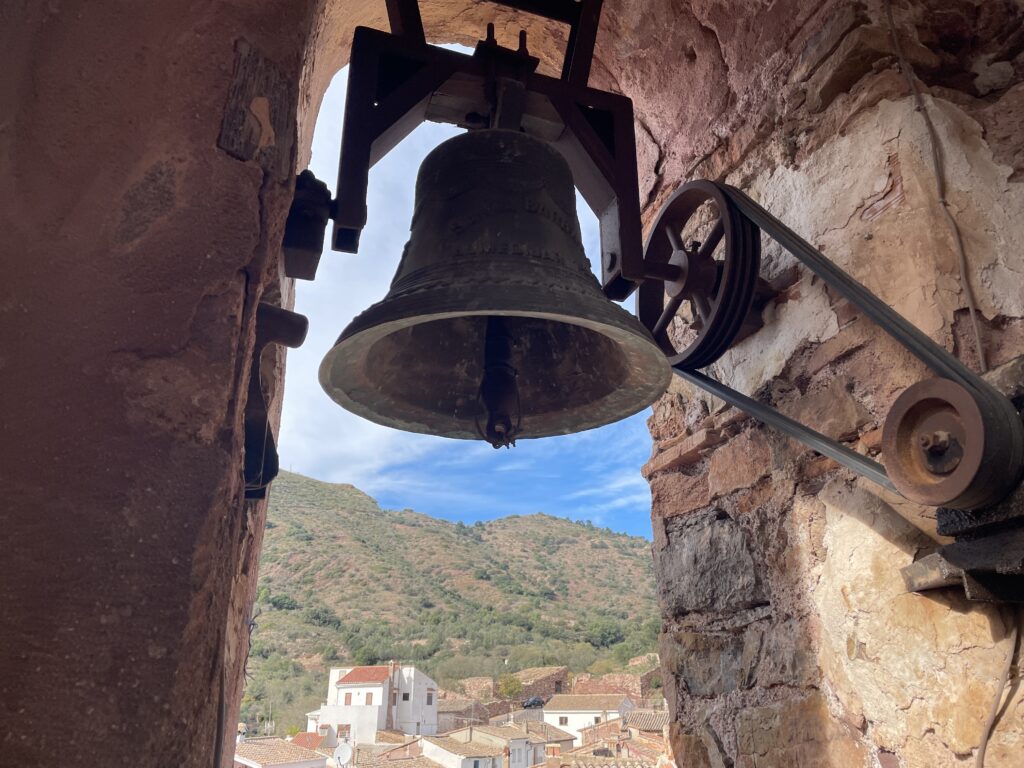
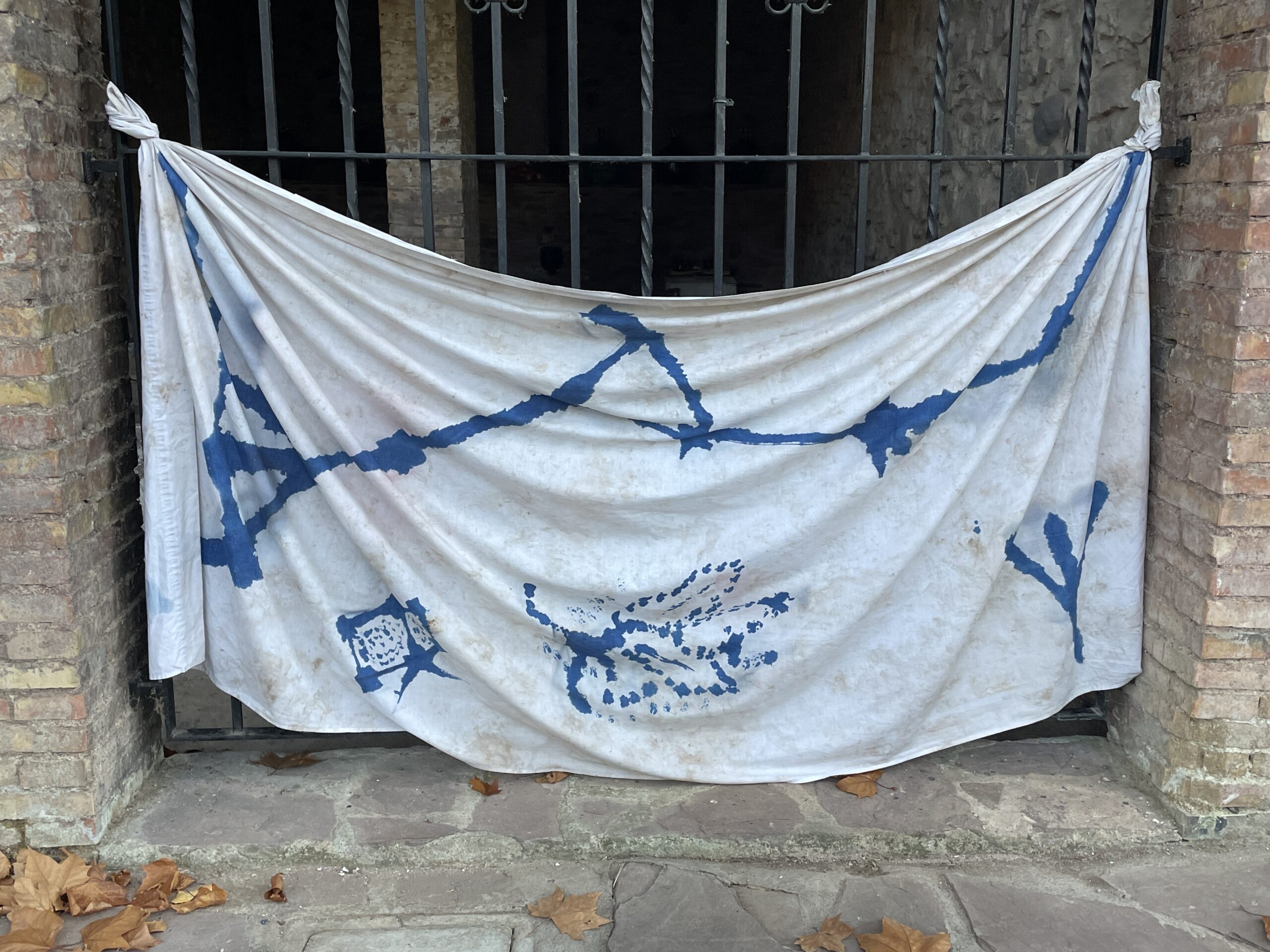
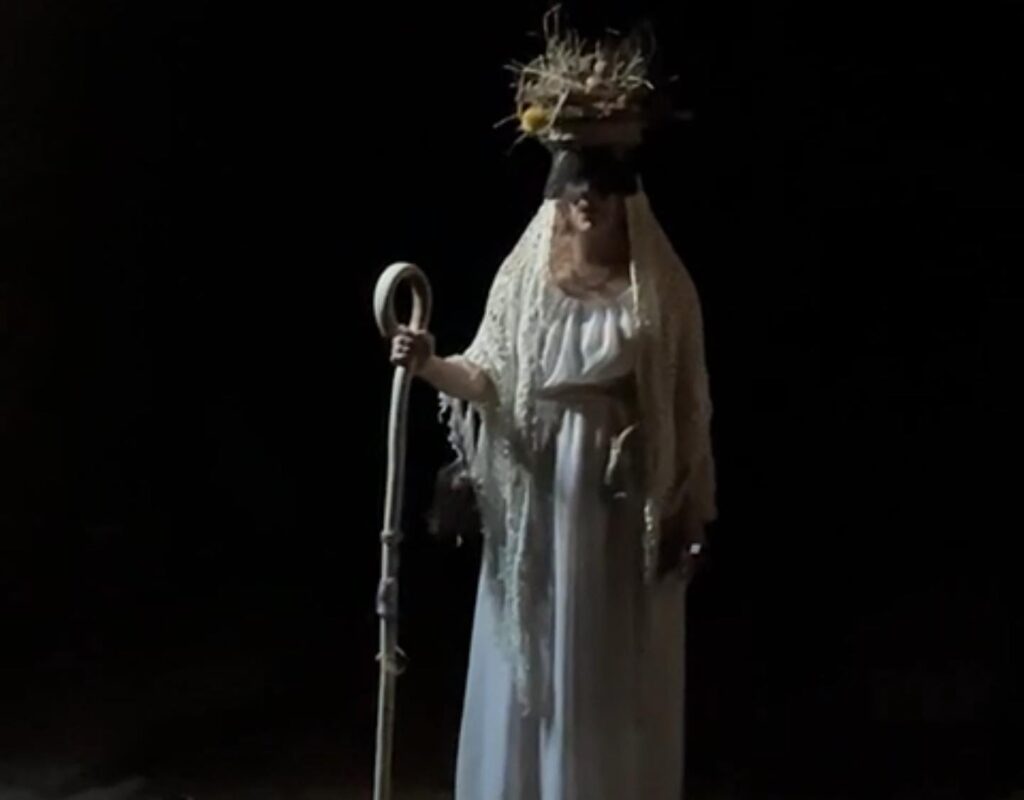
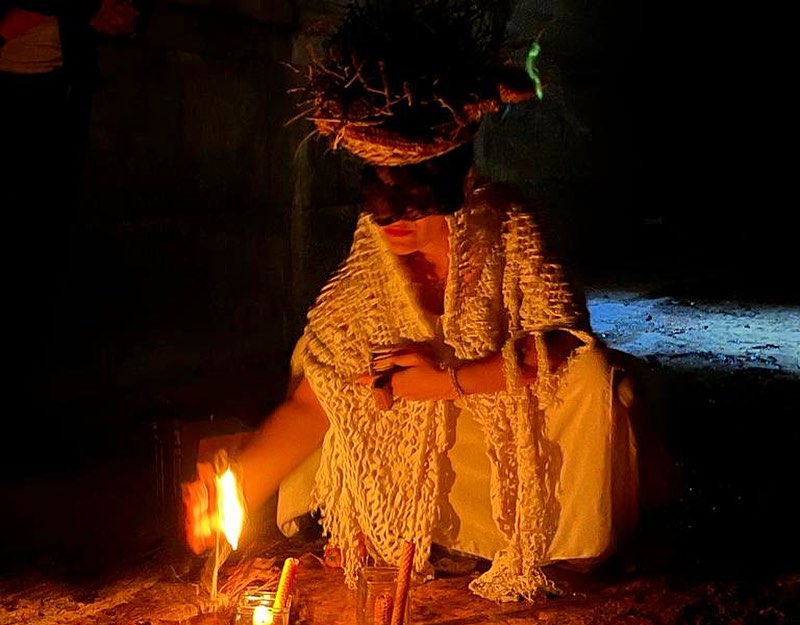
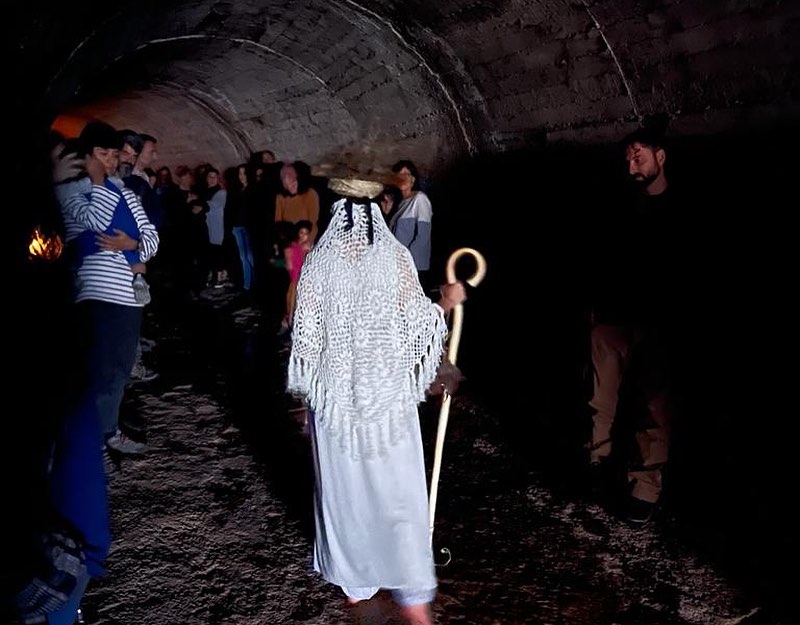
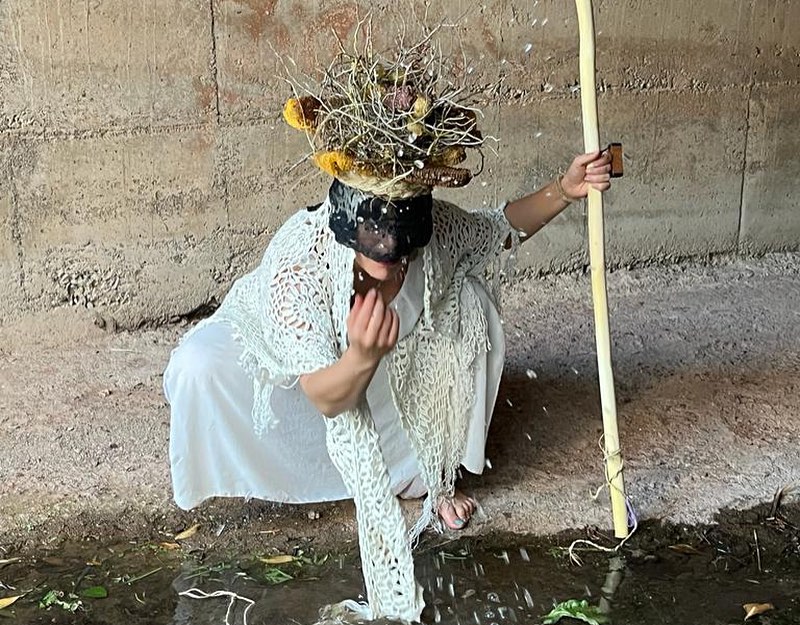
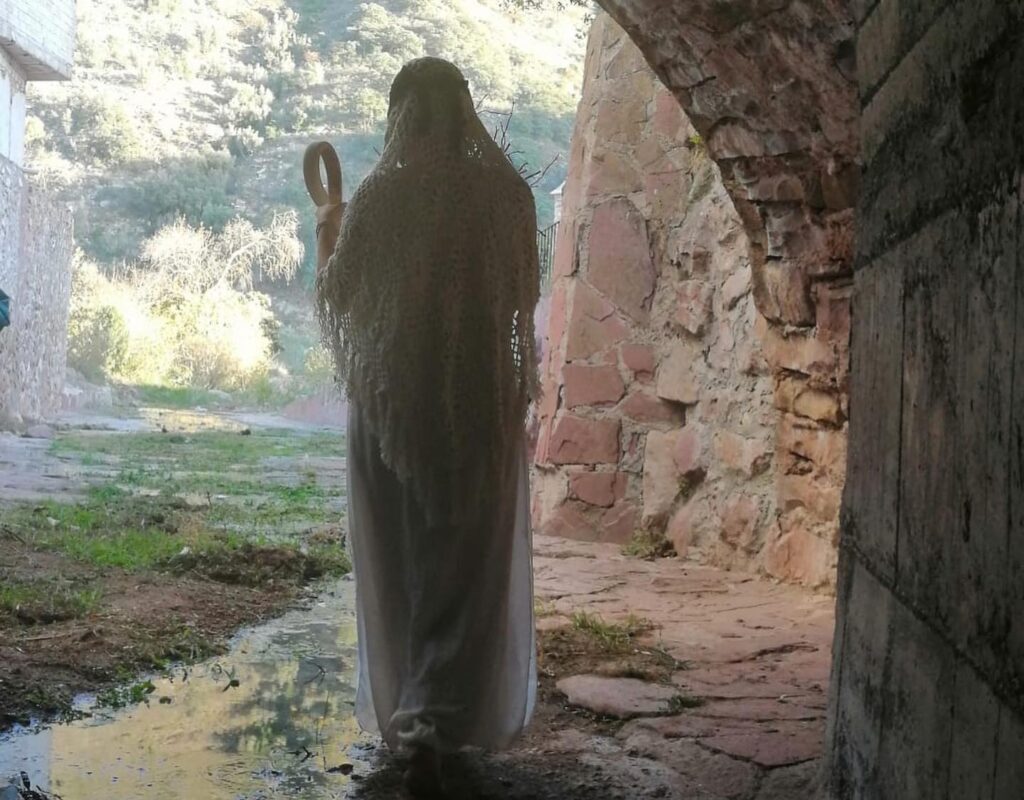
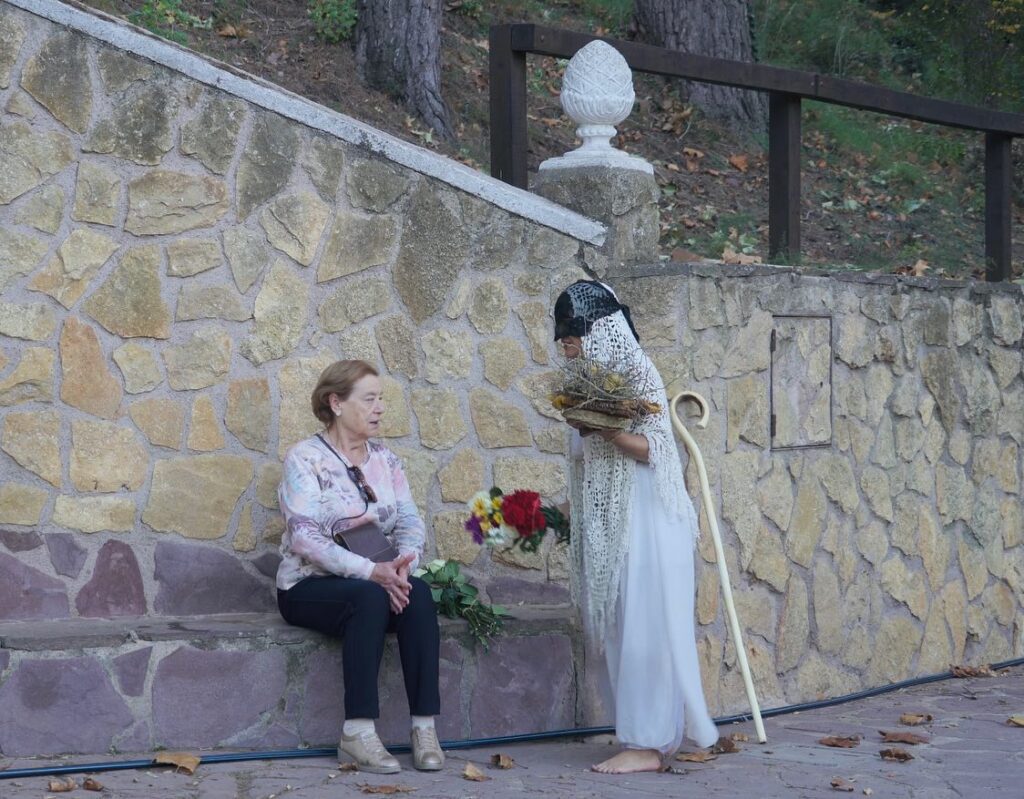
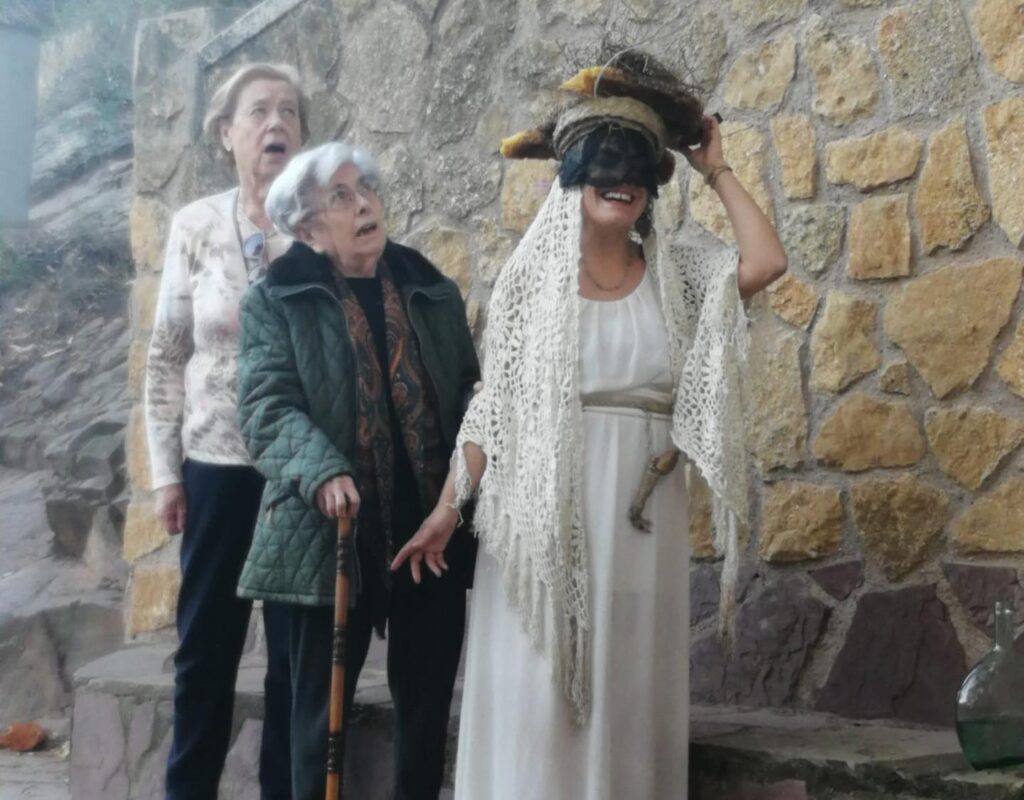
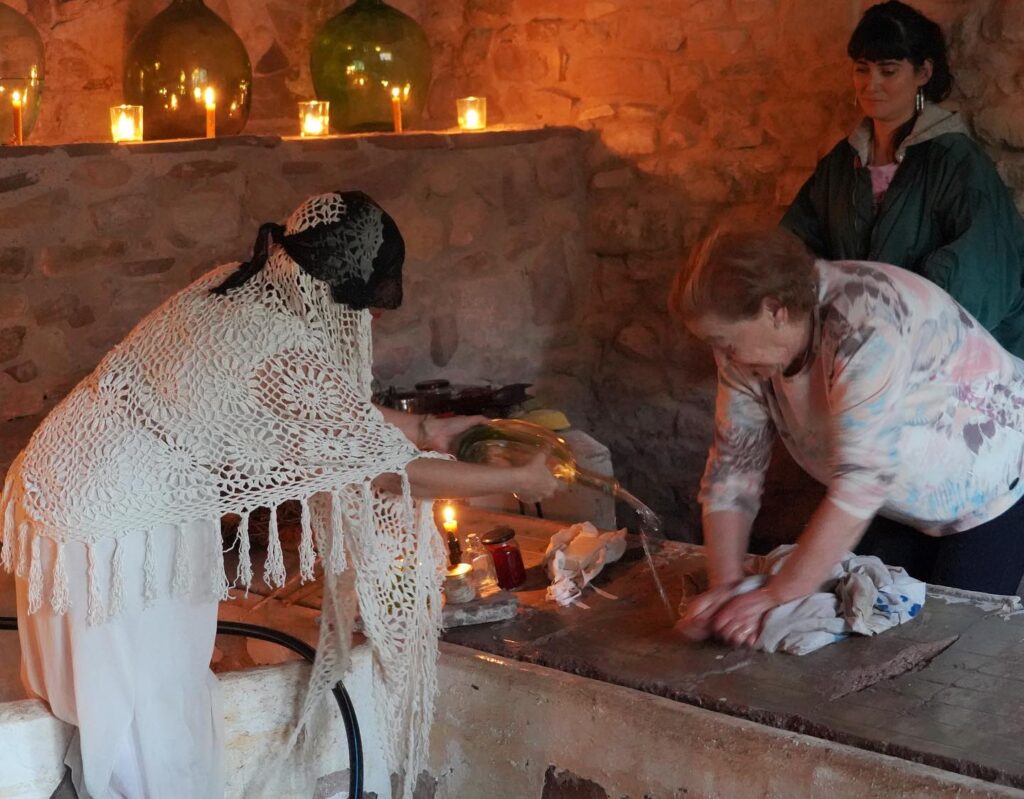
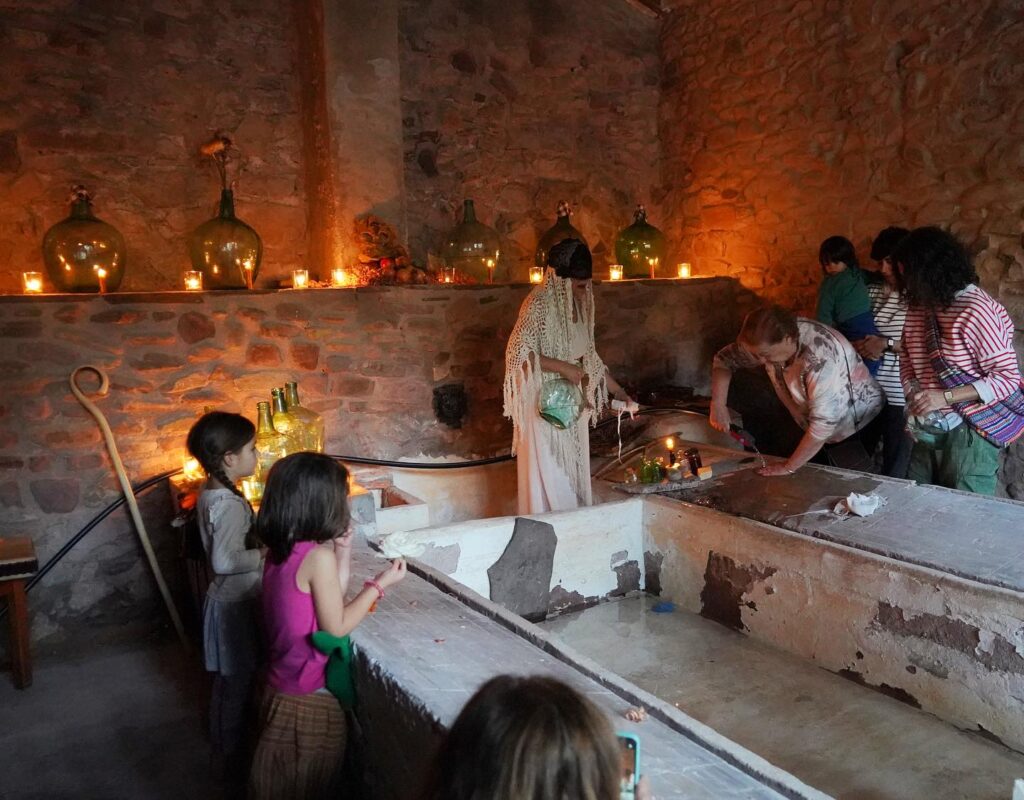
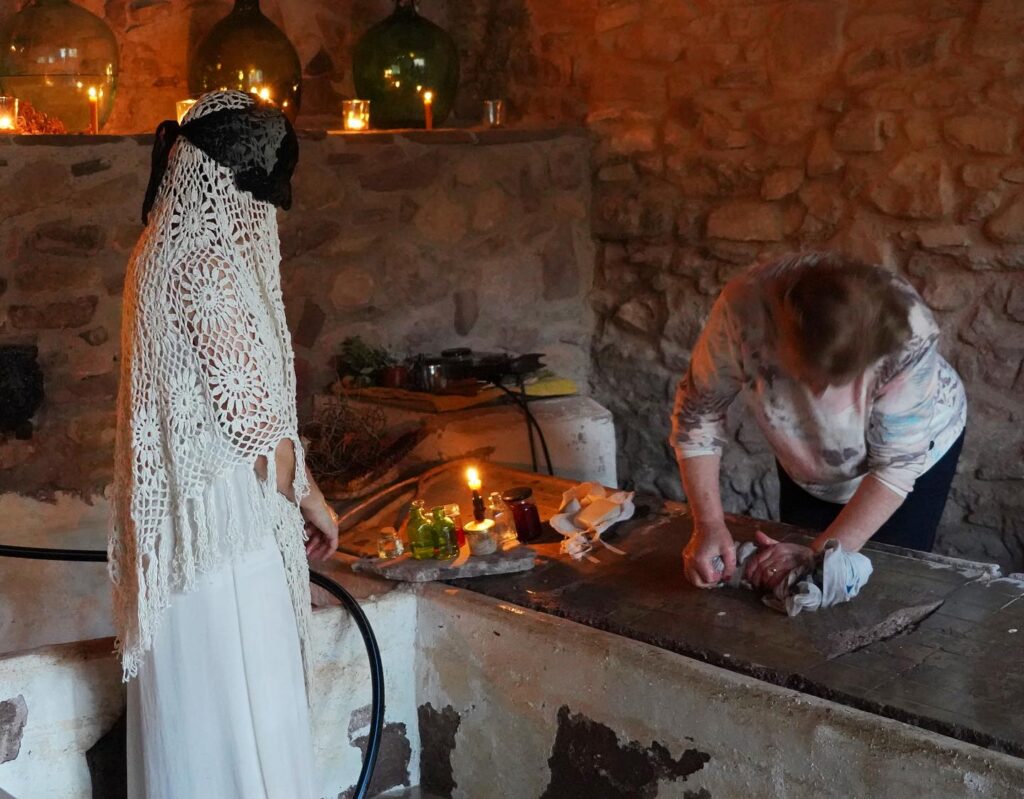
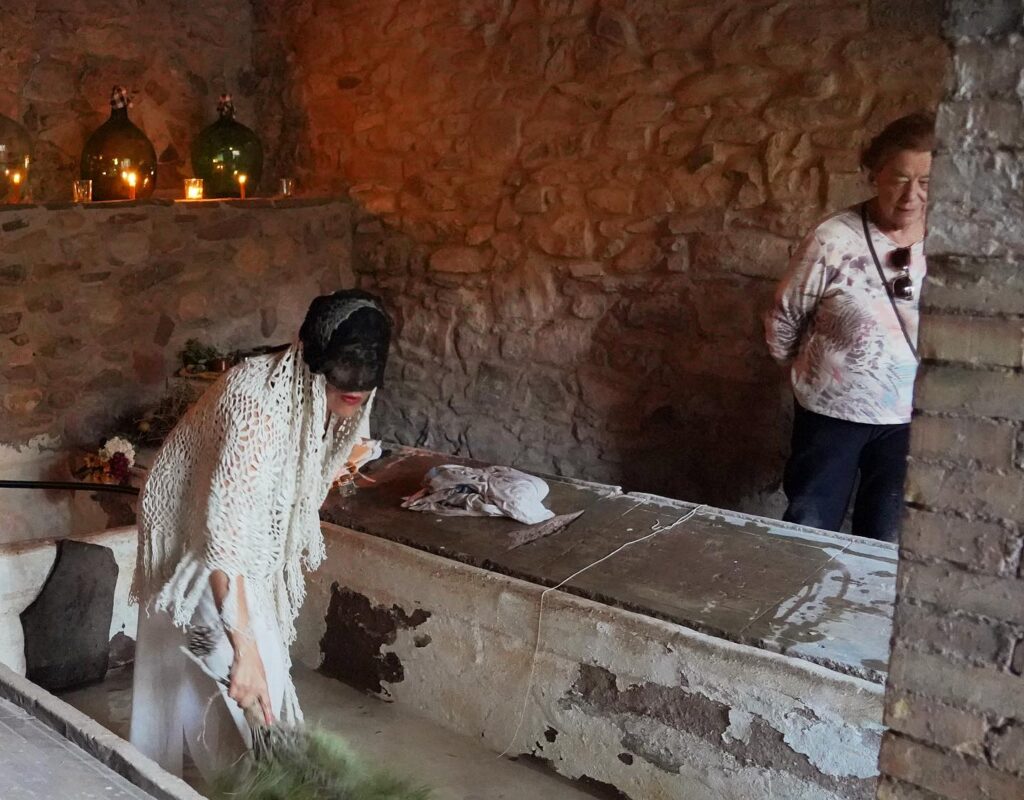
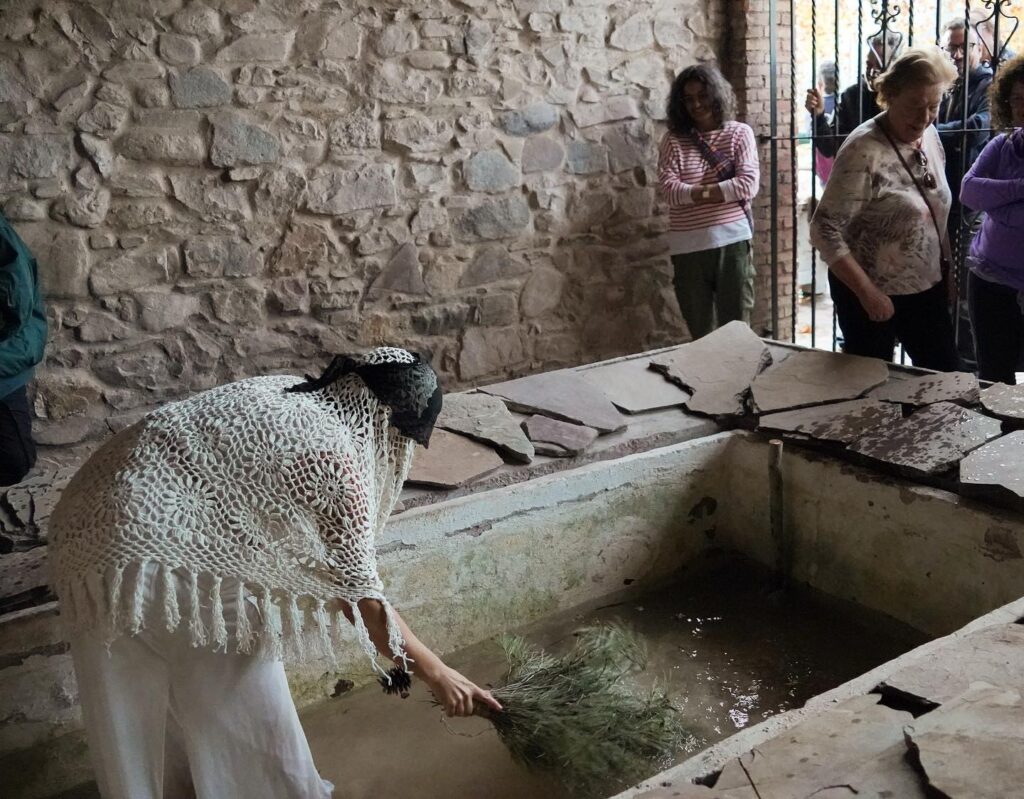
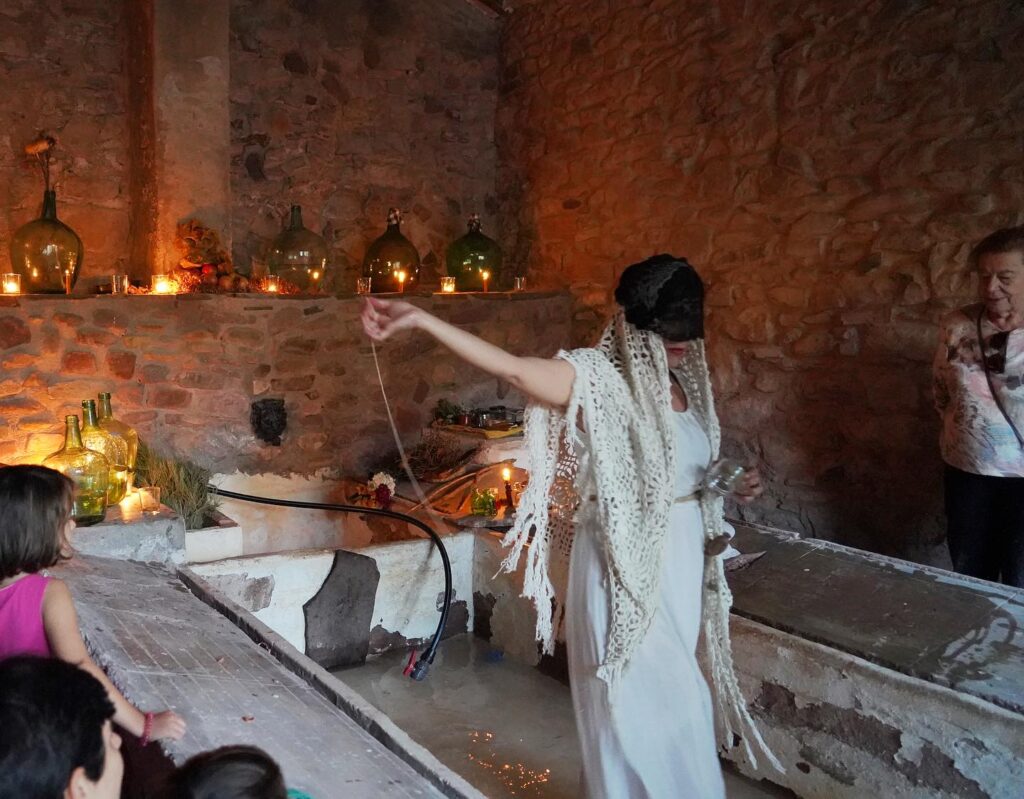
Sensorial Walk , Deep listening. Sound Cartography. Almedijar, Spain. November 2023 .
